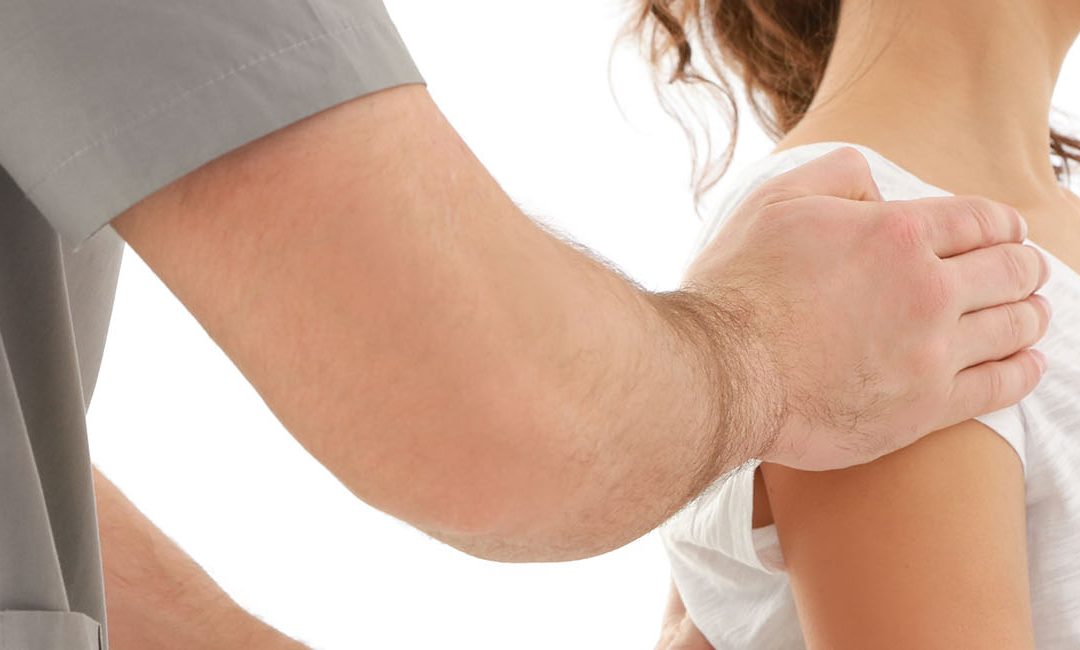Among the many kinds of spinal conditions that affect people, one of the most serious is Spondylolisthesis which is a condition where one vertebra of the human body gets displaced and pushes up against another adjacent vertebra. Ideally, the arrangement of vertebrae in the spine resembles a neat stack but for people affected with spondylolisthesis, one particular vertebra slips and shift from its normal position and pushes up against the one directly below it, causing an abnormality. The symptoms are many and treatment is also a slow process.
Causes
Degenerative spondylolisthesis, the most commonly found kind of spondylolisthesis, is caused by the gradual degeneration of the spinal column due to aging and overuse. All kinds of body tissues tend to degenerate with the advancement of age, including bones, muscles, joints, and ligaments, all of which are responsible for the holding together of the vertebral column. With years of age-related damage, there can be loss of stability and integrity in these tissues, till the point where the tissues become so weak as not to be able to maintain the proper position of the vertebral column.
People with bone defect spondylolysis can be affected by a variety of Spondylolisthesis called isthmic spondylolisthesis. Spondylolysis is usually the result of a repetition of small amounts of trauma to the spine from a very young age, which causes a defect in one particular area of the linkage between adjacent vertebrae. According to spine specialists, if this condition affects both sides of a particular level of the spinal column, the result is isthmic spondylolisthesis.
Other factors that can cause the onset of Spondylolisthesis are congenital defects of the spine, cases of trauma, tumors, lesions, and past cases of surgery.
Symptoms
Spondylolisthesis can have a wide range of different symptoms varying from person to person and depending on the severity of the condition. In cases where the condition is mild, there can be intermittent cases of pain in the back especially when the back is arched. In more serious cases, due to the fact that the spinal nerve gets pinched by the affected vertebra, nerve-related symptoms can emerge. This can include severe pain in a leg, a feeling of numbness and loss of sensation, tingling sensations resembling electric shocks and, in some rare cases people might also face bowel and bladder problems.
Diagnosis and Treatment
Diagnosis of the condition is usually through a thorough physical examination, aided by the use of diagnostic devices like x-rays or CT scans.
The line of treatment for Spondylolisthesis varies greatly, depending on the severity of the condition and the symptoms and the age of the person affected. In case the slip is mild and the symptoms are within control, treatment is usually nonsurgical and consists of the implementation of good posture, adequate rest, and the modification of day to day activities so as not to put pressure in the area and to aid natural healing.
If the problem is severe and has the potential to worsen further, the orthopedic spine surgeon might recommend surgical procedures. The surgical procedures are usually carried out to bring about stabilization and balance the spinal column.
Visit the spine specialists in Plano, TX for thorough diagnosis and treatment of Spondylolisthesis. You can locate them at 4031 West Plano Parkway Suite 100, Plano, TX 75093.


